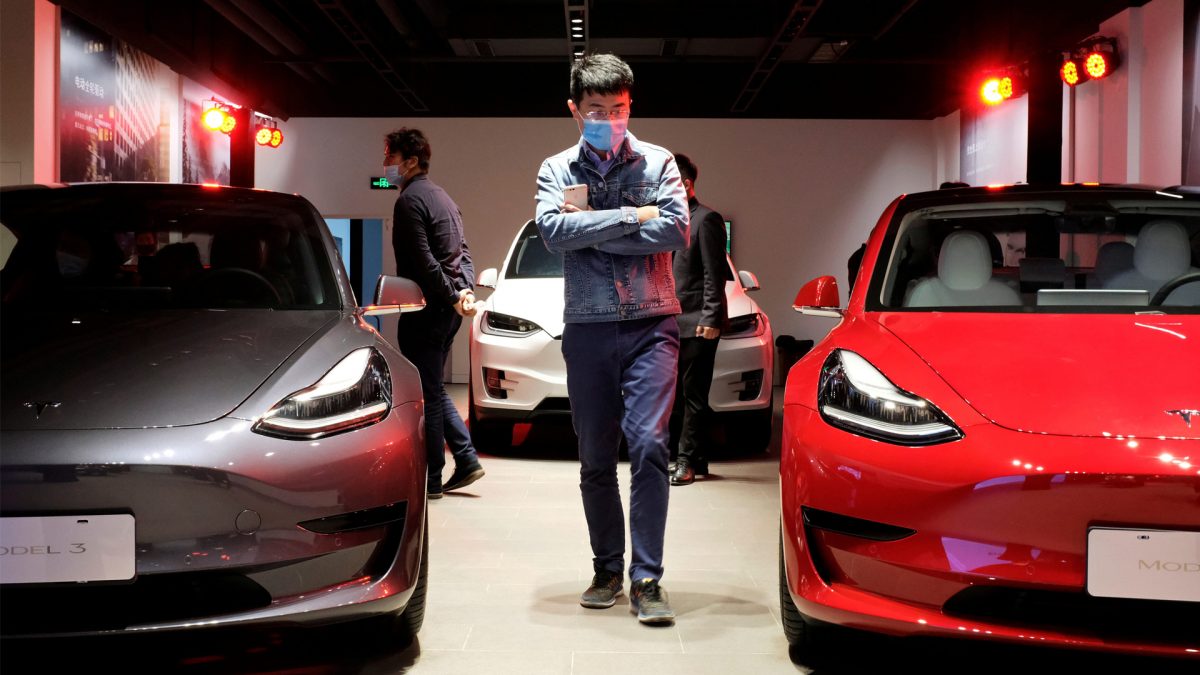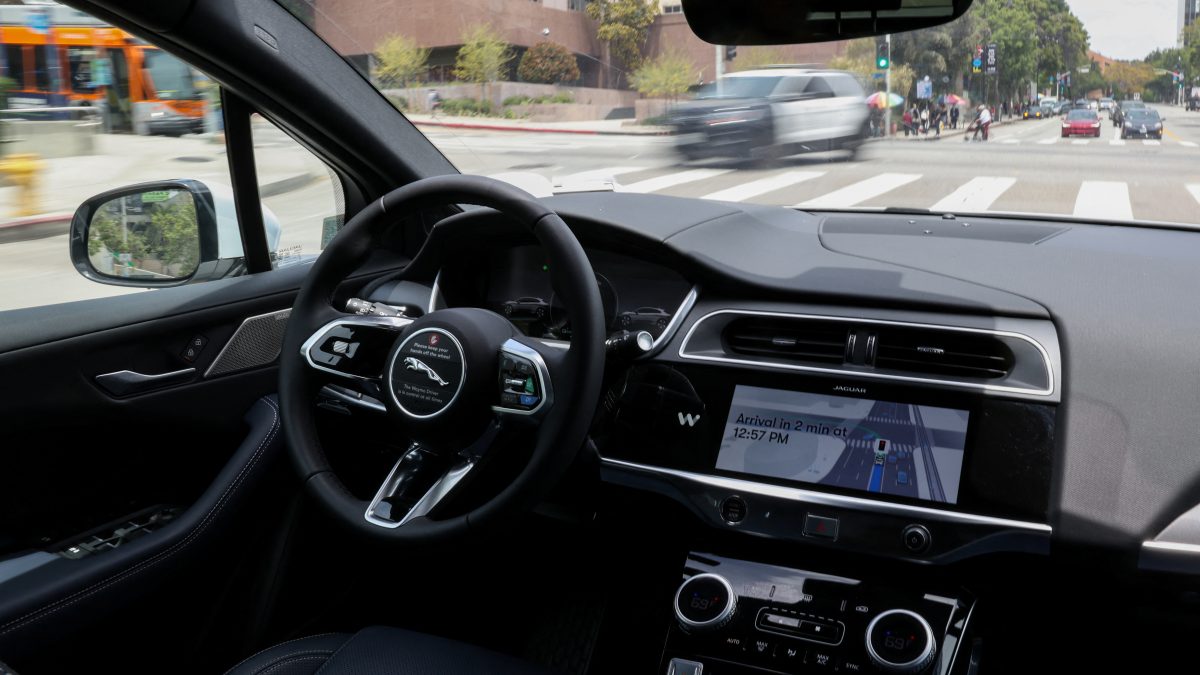Tesla CEO Elon Musk has announced that the testing of the long-promised robotaxi service will begin in Texas by the end of June, as the company tries to regain its dominance in the EV sector following a slump.
Musk told CNBC that Tesla will initially roll out nearly 10 self-driving cars for trials in some parts of Austin, Texas and scale up operations to a thousand in the coming months.
“We are actually going to deploy not to the entire Austin region, but only the parts that are the safest,” he said.
Tesla’s global sales have declined amid growing competition and backlash against Musk over his right-wing political views and his association with US President Donald Trump.
A successful robotaxi trial is crucial for Tesla as Musk has shifted the company’s focus away from building a new, cheaper EV platform to launching the robotaxi service and its Optimus humanoid robots. Much of Tesla’s valuation hangs on that bet.
What are the challenges?
While Musk reiterates that Tesla’s plan is on track, US auto safety investigators asked Tesla to answer questions on its plans to launch the robotaxi service in order to assess how the electric vehicle maker’s cars with full self-driving technology will perform in poor weather.
Earlier this month, the National Highway Traffic Safety Administration said it has been investigating Tesla full self-driving collisions in reduced roadway visibility conditions since October.
NHTSA said it is seeking additional information about Tesla’s development of robotaxis “to assess the ability of Tesla’s system to react appropriately to reduced roadway visibility conditions” as well details on robotaxi deployment plans and the technology being used.
Will the robotaxi redeem Tesla’s image?
Musk has said he expects autonomous driving technology will begin to “affect the bottom line of the company, and start to be fundamental” by the second half of 2026.
“I predict that there will be millions of Teslas operating fully autonomously in the second half of next year,” he said.
With inputs from agencies


)

)
)
)
)
)
)
)
)



